Replacing motor brushes for screwdriver
2 comments
This time we fix a hobbyist-level screwdriver.
As you can see from the brand name, it was purchased from a very well known hard discount line; nevertheless, it did its job very well until a few months ago when, after some conspicuous smoking, it stopped working.
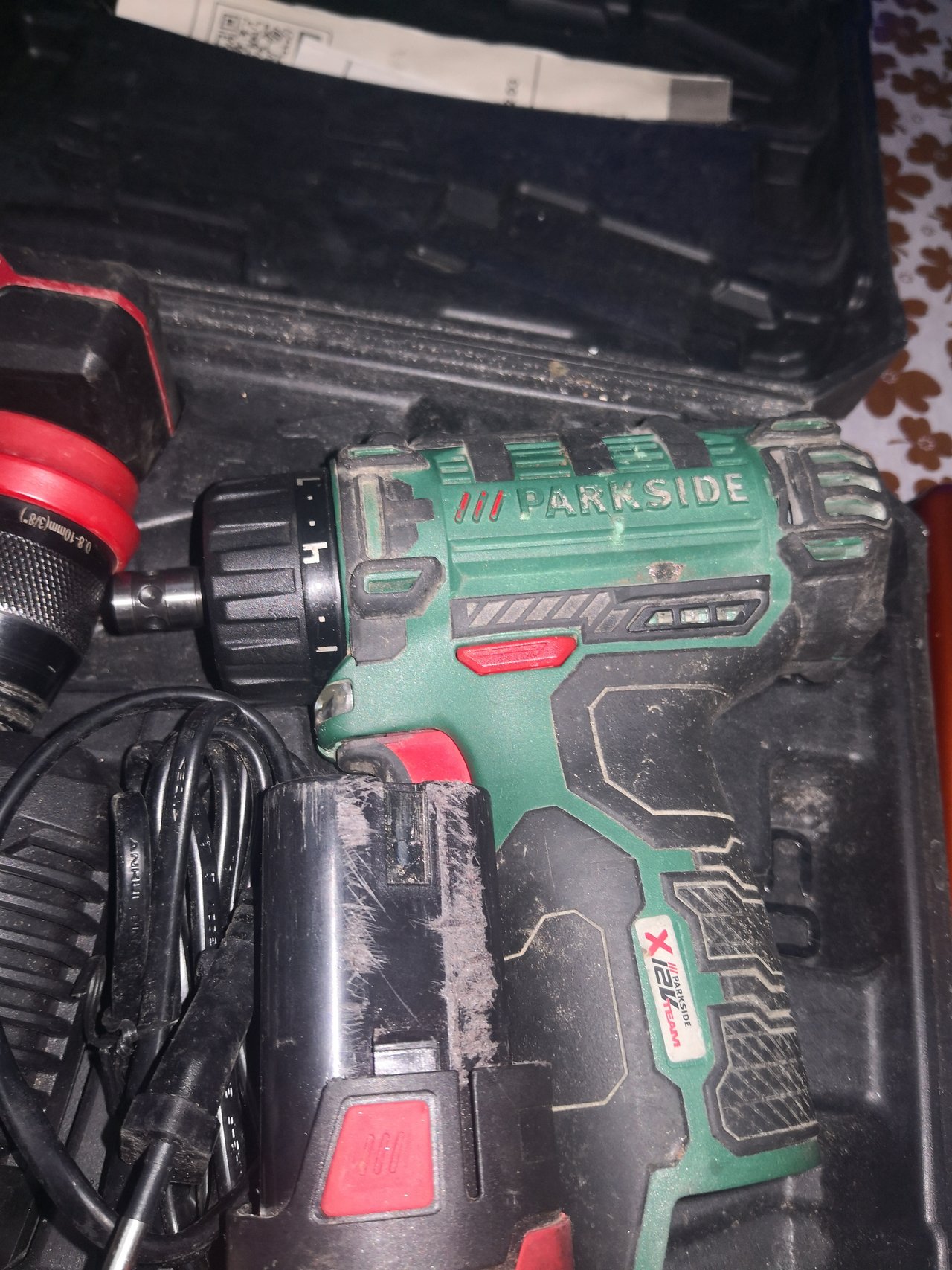
Here comes in, as usual, this friend of mine who fixes everything!
After some testing, he decided to take it apart to see, organs in hand, what the problem was.
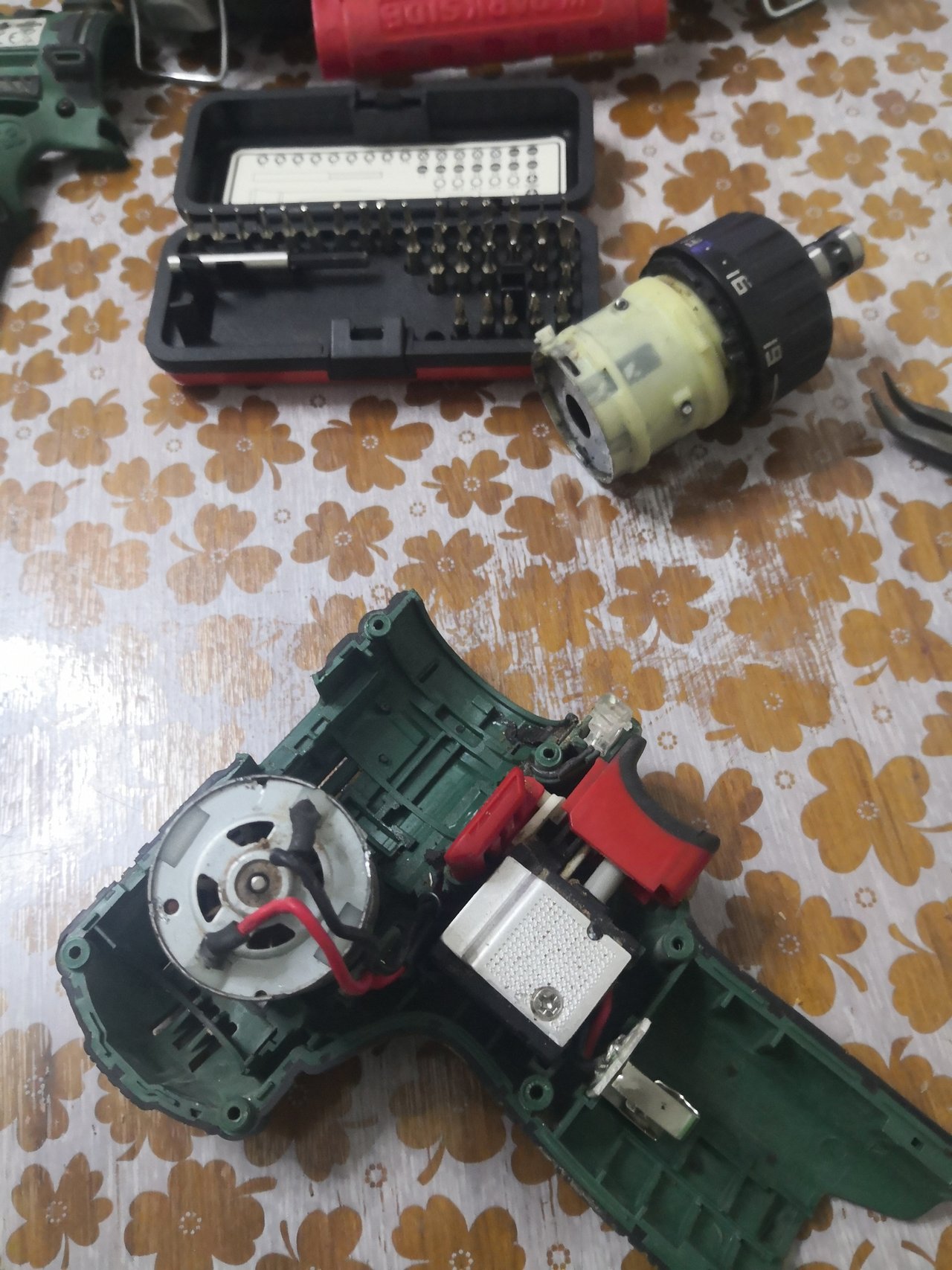
Opening the shell, he proceeded to remove the torque converter being careful not to lose either the speed demultiplier button or the torque controller.
The Diagnosis.
Fully opened, the battery was reinserted and the engine tested, the result: an ominous "scraping" noise that could be heard even when turning the armature by hand.
With such a noise, the only issue could have been from worn brushes.
After some research on the internet, the brushes were found along with also 2 motor covers with its backplate complete with a smear bearing to keep the armature shaft perfectly aligned.

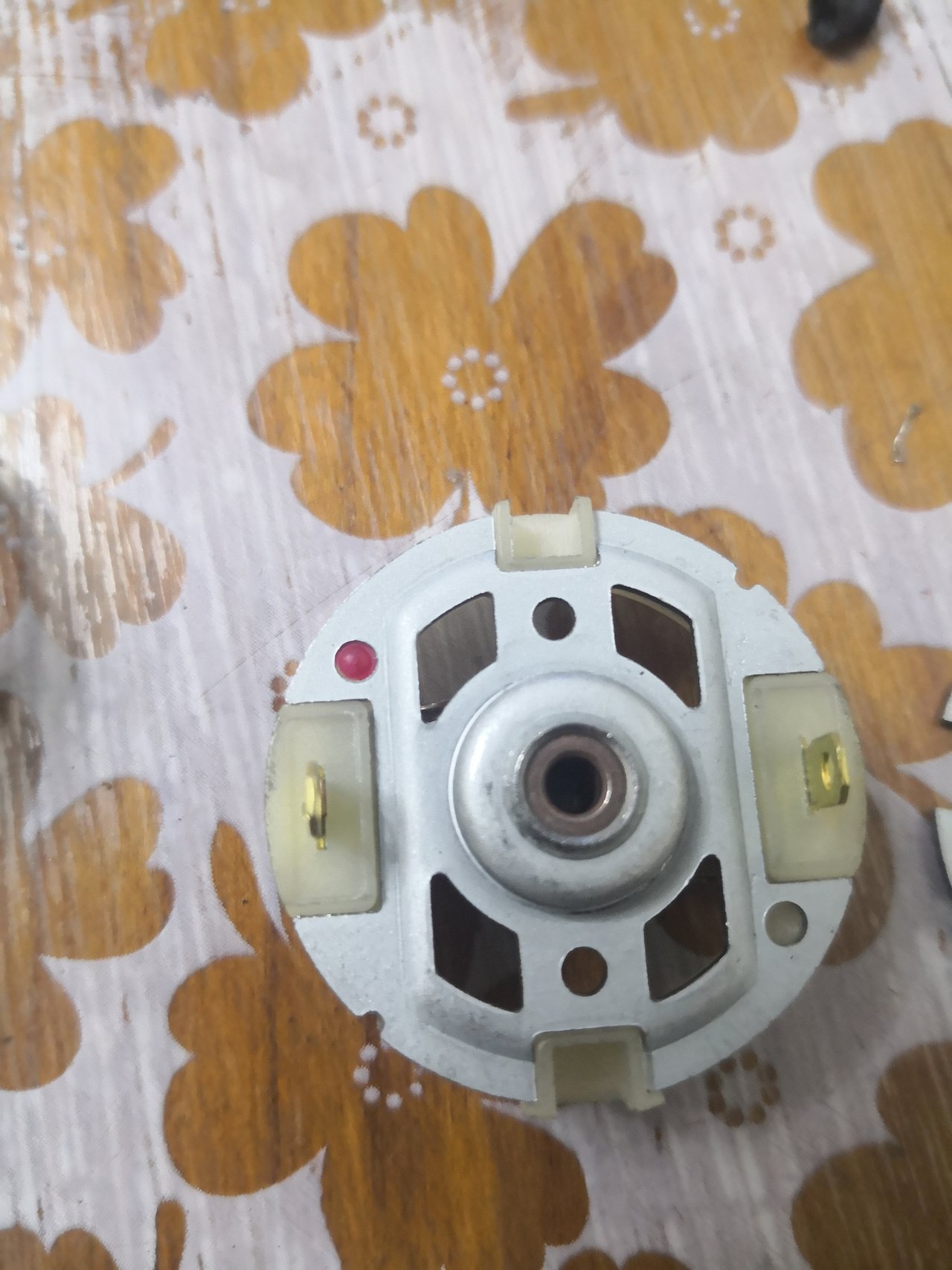
Time a day of waiting and here is the courier with our little package!
Repair.
After a brief check for parts adequacy, the engine backplate was removed by straightening the 4 fins on the sheet metal perimeter.
As you can see, the new backplate differs in geometry from the old one, but this involves absolutely nothing.

The outside diameter is perfect and the sheet metal backplate closes perfectly.
With the sheet metal backplate removed, the brushes are accessed in such a way that they can be pushed away and inserted into the armature tang.
As you can see, the brushes in addition to being completely worn out, the retaining pods have also broken off... Yes I must say that it was really put under a lot of stress to reduce the brushes that way!
Once the plastic backplate was installed, the motor was closed with in sheet metal backplate.
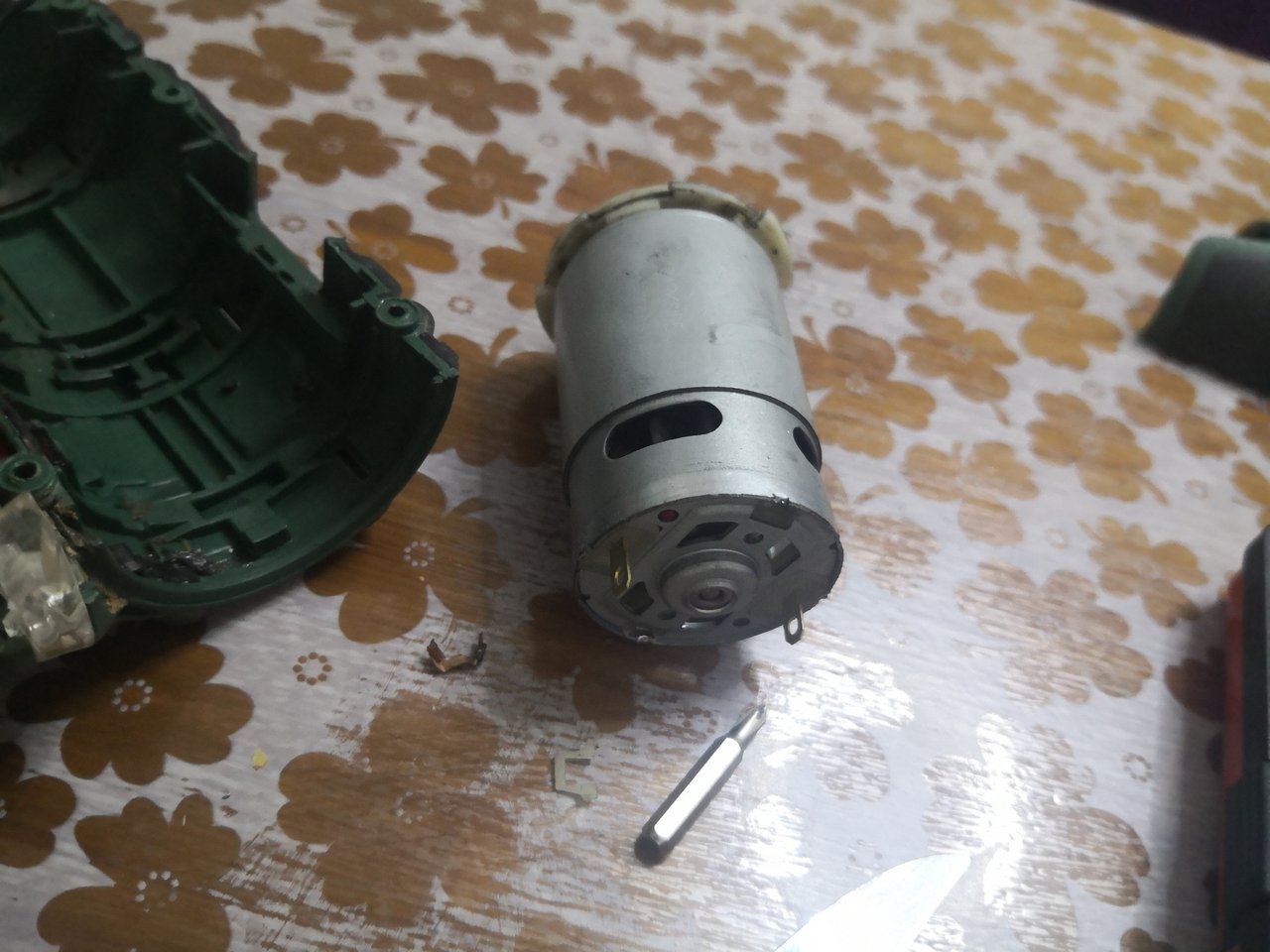
Before closing the fins of the outer sheet metal chassis, a test run was performed.
When the motor was reclosed and locked with the chassis fins, further continuous rotation tests were made, in both directions (screw - unscrew), with no loads applied (torque converter pack) the motor responded well to the stresses; therefore, the complete reassembly of the unit was carried out.
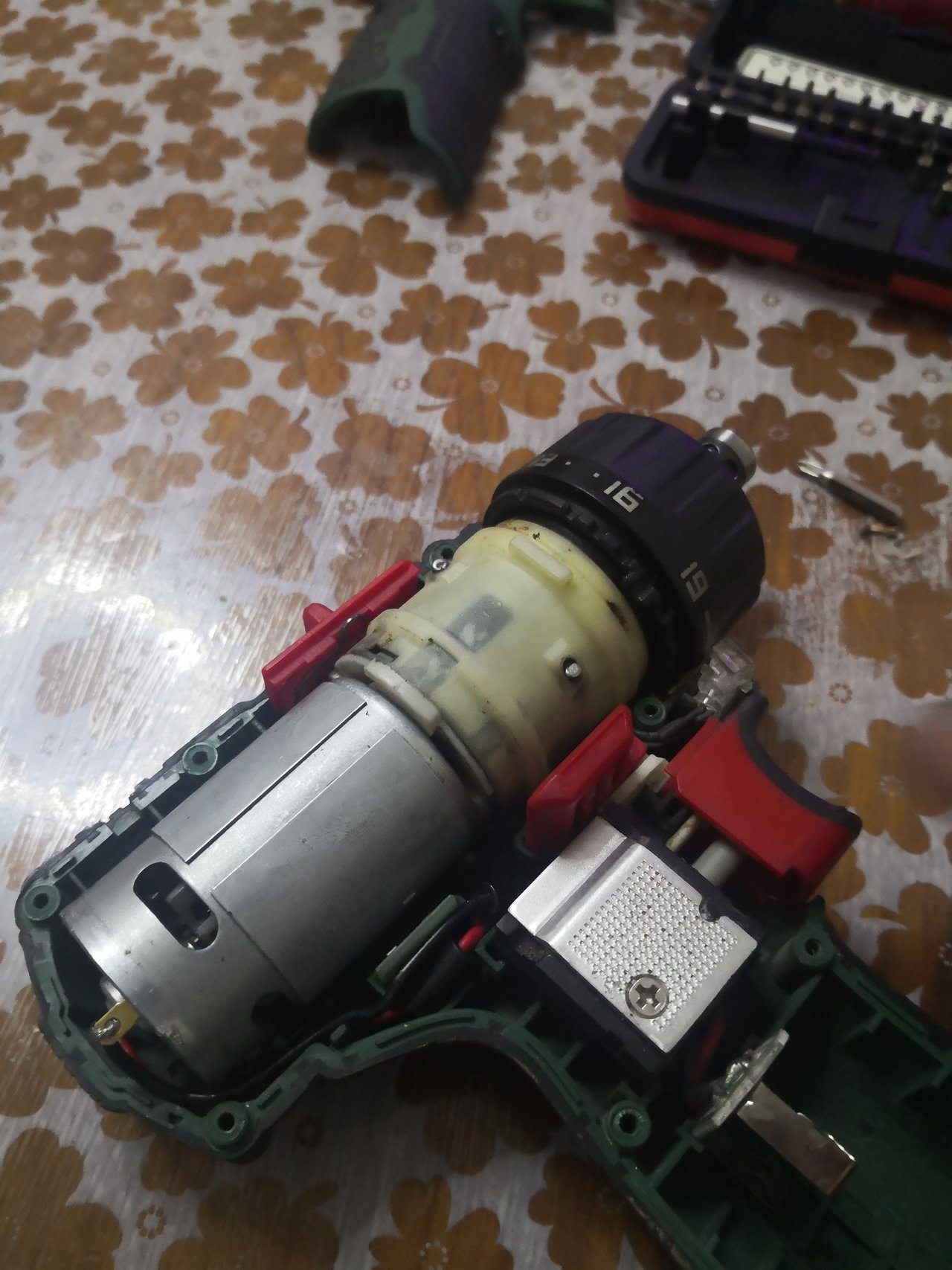
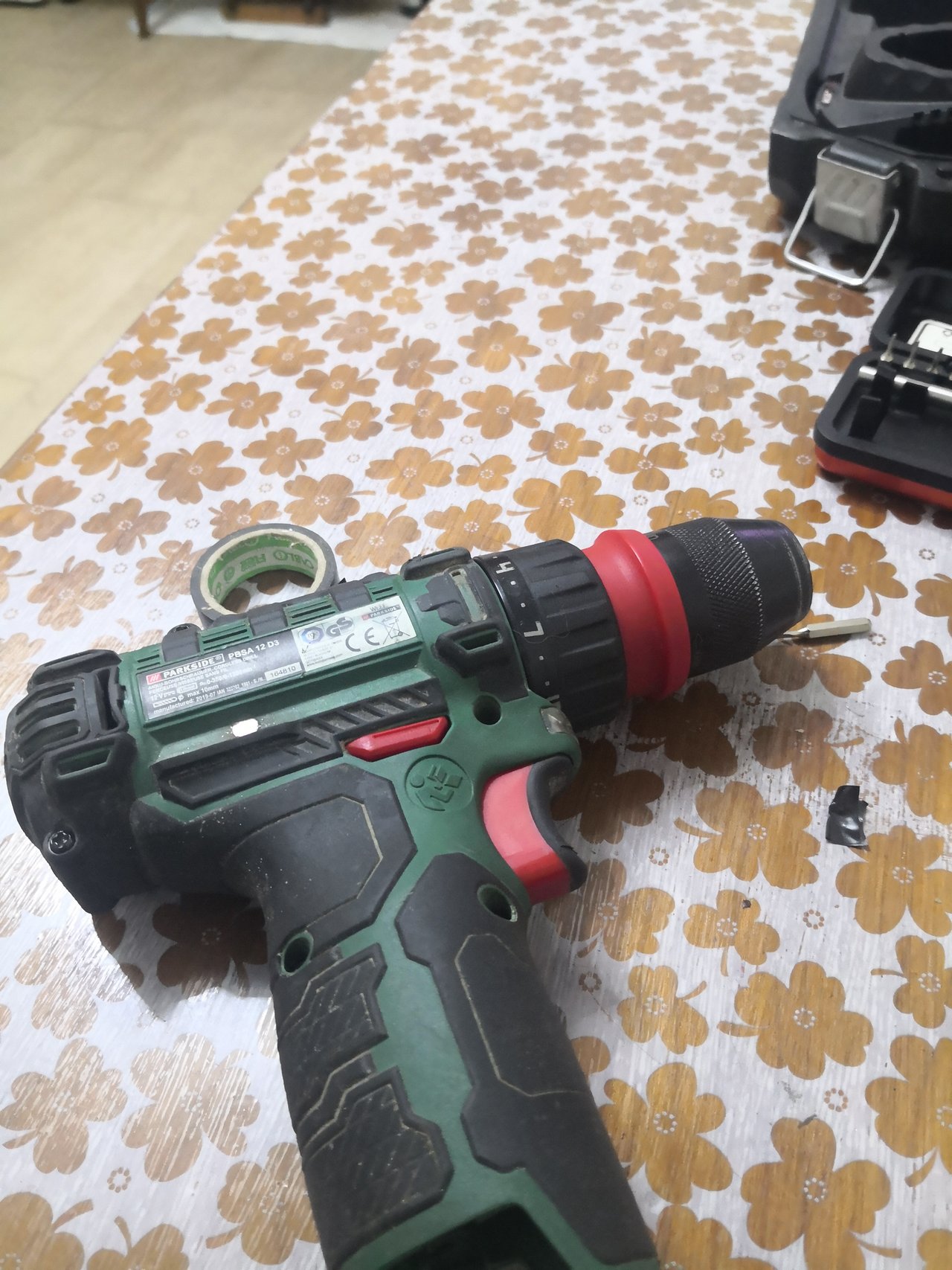
The result was acceptable, but to do a perfect job would require a complete replacement of the motor: the shaft that contains the contacts to power the armature windings is extremely worn.
This factor can be observed by the fact that the motor, when activated gives off a lot of sparks, this is due to surface irregularities in the contacts that cause microscopic particles of the brushes still glowing to splash out.
For the time being, the screwdriver is usable; obviously, as friction and sparking are high, it heats up a lot and rather quickly.
Should any malfunctions occur, the next step will be to replace the motor completely.
You will be able to see on the Internet that the purchase costs are not very high: a motor complete with the 12-tooth gear costs just under 20€; if, on the other hand, you buy it without the gear and proceed to insert it yourself, the cost drops to just over 10€.
Also for today we came to the end with a repaired tool, thanks to this friend of mine!

Comments